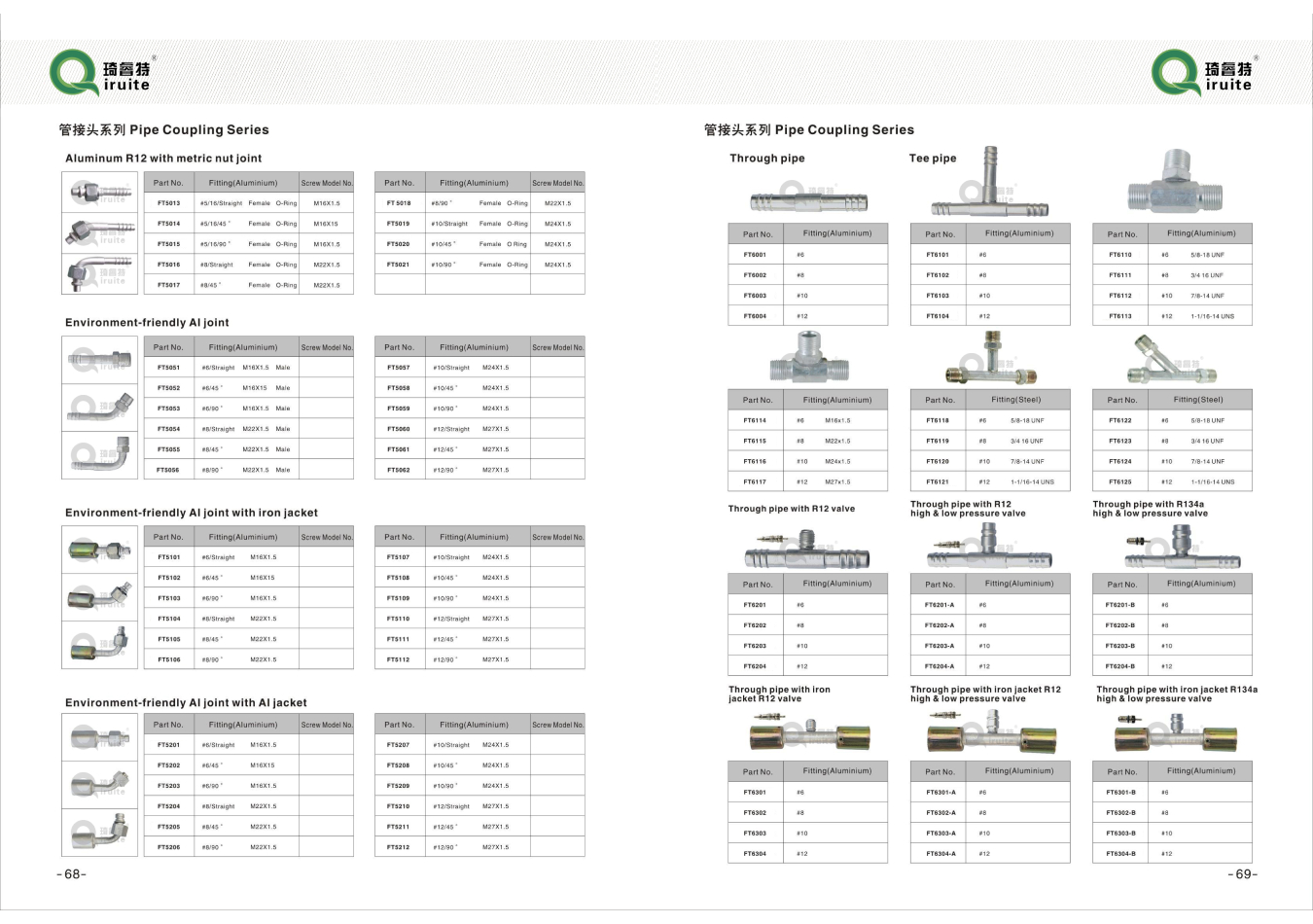Honda Accord Power Steering Hose Replacement Guide and Tips
Power Steering Hose Replacement for Honda Accord A Comprehensive Guide
Power steering plays a pivotal role in ensuring a smooth and effortless driving experience. The Honda Accord is widely recognized for its reliability and performance, yet like any vehicle, it requires maintenance and occasional repairs. One common issue that Accord owners may face is the need to replace the power steering hose. In this article, we will explore the signs that indicate a power steering hose replacement is needed and outline the steps involved in the replacement process.
Understanding the Power Steering System
Before diving into the replacement process, it’s essential to understand the function of the power steering hose. The power steering system comprises various components, including the pump, reservoir, and hoses, that work together to assist the driver in steering the vehicle with minimal effort. The power steering hose transports hydraulic fluid between the pump and the steering gear. Over time, due to wear and exposure to heat and pressure, these hoses can develop leaks or damage, leading to steering difficulties.
Signs of a Failing Power Steering Hose
1. Fluid Leaks One of the most noticeable signs of a failing power steering hose is the presence of fluid on the ground beneath the vehicle. Power steering fluid is typically reddish in color and has a slightly oily texture.
2. Steering Difficulties If you find that your steering wheel is becoming harder to turn or feels sluggish, it may be due to a loss of hydraulic pressure caused by a malfunctioning hose.
3. Unusual Noises Whining or groaning noises when turning the steering wheel can indicate low fluid levels, often due to a leak in the power steering system.
4. Dashboard Warning Light Some modern vehicles have warning lights that indicate issues within the power steering system. If this light illuminates, it’s crucial to diagnose the problem promptly.
Replacing the Power Steering Hose
If you’ve determined that you need to replace the power steering hose on your Honda Accord, follow these steps. While this task can be challenging, with the right tools and knowledge, it’s achievable for DIY enthusiasts.
Tools and Materials Needed
power steering hose replacement honda accord

- New power steering hose - Wrench set - Socket set - Power steering fluid - Fluid catch pan - Safety glasses - Rags for cleaning
Step-by-Step Instructions
1. Prepare the Vehicle Park your Honda Accord on a level surface, engage the parking brake, and turn off the engine. Allow the vehicle to cool if it has been running.
2. Locate the Power Steering Hose Open the hood and locate the power steering pump. Identify the high-pressure and low-pressure hoses connected to the pump.
3. Drain Power Steering Fluid Place a fluid catch pan under the power steering pump. Using a wrench, carefully detach the hoses while letting the fluid drain into the catch pan.
4. Remove the Old Hose Once the fluid has been drained, fully disconnect the old power steering hose from its mounting points. You may need to remove clamps or brackets depending on your model.
5. Install the New Hose Take the new power steering hose and install it in the same position as the old one. Ensure that it is securely connected and fastened.
6. Refill Power Steering Fluid After the new hose is installed, refill the power steering reservoir with fresh power steering fluid. Consult your owner’s manual for the appropriate type and specifications.
7. Bleed the System With the engine running, turn the steering wheel from lock to lock several times to bleed any air from the system. Check for leaks at the hose connections.
8. Final Checks Once you’ve confirmed there are no leaks and the fluid level is correct, close the hood and test drive the vehicle to ensure the steering feels normal.
Conclusion
Replacing the power steering hose in a Honda Accord is a manageable task for those with basic mechanical skills. By addressing this component promptly when signs of failure appear, you can maintain your vehicle’s performance and ensure a safe driving experience. Always consult your vehicle’s manual for specific instructions related to your model and consider seeking professional assistance if you are uncertain about any aspect of the replacement process. Regular maintenance and timely repairs will help keep your Honda Accord running smoothly for years to come.
-
Ultimate Spiral Protection for Hoses & CablesNewsJun.26,2025
-
The Ultimate Quick-Connect Solutions for Every NeedNewsJun.26,2025
-
SAE J1401 Brake Hose: Reliable Choice for Safe BrakingNewsJun.26,2025
-
Reliable J2064 A/C Hoses for Real-World Cooling NeedsNewsJun.26,2025
-
Heavy-Duty Sewer Jetting Hoses Built to LastNewsJun.26,2025
-
Fix Power Steering Tube Leaks Fast – Durable & Affordable SolutionNewsJun.26,2025

